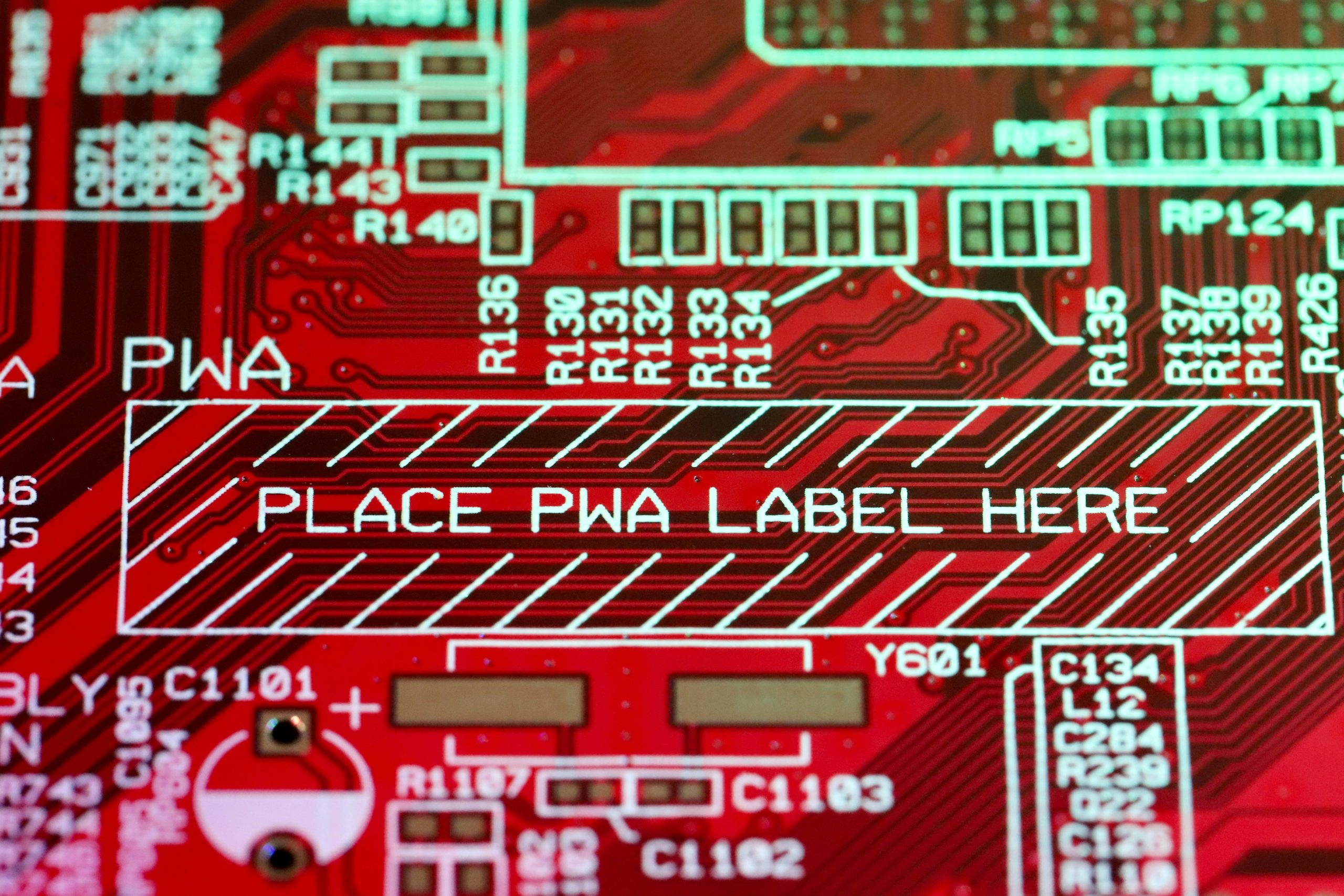What the world’s most complex electronic systems can teach us about design
In today’s fast-paced technological world, we are surrounded by complex electronic systems that drive our daily lives. From smartphones to self-driving cars, these systems have become an integral part of our day-to-day activities. But have you ever wondered how these systems are designed? What goes into creating a complex electronic system that can perform a variety of tasks seamlessly? Well, we can learn a lot about design from these intricate systems. In this article, we will explore the world’s most complex electronic systems and uncover the valuable lessons they can teach us about design.
The Importance of Design in Electronic Systems
Before delving into the lessons we can learn from complex electronic systems, it is essential to understand the role of design in these systems. Design is not limited to the appearance of a product; it involves every aspect of creating a functional and user-friendly system.
When it comes to electronic systems, design plays a crucial role in ensuring that the system is efficient, reliable, and easy to use. In today’s competitive market, consumers have numerous options for electronic products. Therefore, the design of a system can be the deciding factor in whether a product succeeds or fails.
Poorly designed systems are prone to malfunction and are likely to have a shorter lifespan. On the other hand, a well-designed system can improve user experience, increase efficiency, and reduce maintenance costs. This is why it is crucial to study some of the world’s most complex electronic systems and understand their design principles.
The Lesson of Simplicity: The iPhone
When Apple launched the first iPhone in 2007, it revolutionized the smartphone industry. What set the iPhone apart from its competitors was its sleek design and user-friendly interface. The iPhone had a simple design with a single button at the bottom and a touch screen that could perform multiple functions. This simplicity made the iPhone stand out from other phones with cluttered designs and complicated buttons.
Apple’s mantra of simplicity can teach us a valuable lesson in design. Complex designs can often become overwhelming and confusing for users. By simplifying the design, we can create a more user-friendly and intuitive system. The iPhone’s success is a testament to the power of simplicity in design.
The Importance of Functionality: The Tesla Model S
The Tesla Model S is not just an electric car; it is a highly advanced electronic system on wheels. Its complex design involves a network of sensors, cameras, and software that enables it to perform various functions. From self-driving capabilities to over-the-air software updates, the Model S is more than just a means of transportation.
One of the key lessons we can learn from the Tesla Model S is the importance of functionality in design. The car’s design is not just focused on aesthetics but also on its purpose, which is to provide a seamless and efficient driving experience to the user. By prioritizing functionality in design, we can create systems that not only look good but also perform well.
Usability and User-Centered Design: The Amazon Echo
The Amazon Echo is a smart speaker that has changed the way we interact with our homes. With its voice-controlled virtual assistant, Alexa, the Echo can perform a wide range of tasks, from playing music to controlling smart devices in our homes.
What makes the Echo stand out is its usability and user-centered design. The system is designed around the user’s needs and preferences, making it easy to use for people of all ages and technical backgrounds. By focusing on usability and user-centered design, we can create products that cater to the user’s needs and enhance their overall experience.
Innovative Design: The HoloLens
The Microsoft HoloLens is a mixed reality headset that allows users to interact with holograms in their physical environment. Its design involves sensors, cameras, and advanced software that enables it to create an immersive augmented reality experience.
The HoloLens is an excellent example of how innovative design can create a unique and groundbreaking product. By pushing the boundaries of traditional design, we can come up with revolutionary products that can change industries and the way we live our lives.
Conclusion
The world’s most complex electronic systems can teach us valuable lessons about design. From simplicity and functionality to usability and innovative design, these systems have a lot to offer when it comes to creating user-friendly and efficient products. As technology continues to advance, it is essential to keep these design lessons in mind and apply them in our projects. By doing so, we can create systems that not only meet the user’s needs but also exceed their expectations.











